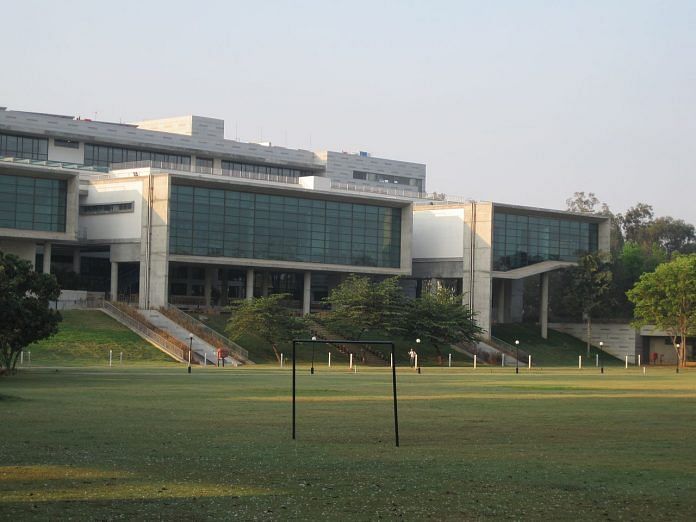This is the first major and systematic research study of mechanisms of mental health disorders in India, scientists involved in the project claim.
Bengaluru: Three Bengaluru-based institutions have joined hands to carry out what is seen as the largest mental health study in India.
They will work on an integrated approach to investigate the genetic and environmental factors contributing to mental disorders, a unique research given that similar studies have not been completed even by countries such as the UK and the US.
The study will focus on common disorders such as schizophrenia, bipolar disorder, OCD, Alzheimer’s among others and will involve nearly 4,500 people, ThePrint has learnt.
The collaboration by scientists from the National Centre for Biological Sciences, Institute for Stem Cell Biology and Regenerative Medicine (NCBS-inStem), and NIMHANS comes at a time when there is growing awareness in the country about the importance of mental health and how it affects our lives.
According to a 2014 health ministry survey, 13 per cent of India’s population is affected by some form of mental health and nearly 3 per cent are prone to neuropsychiatric diseases and mental disorders.
The project
The project undertaken is called the Accelerator Programme for Discovery in Brain Disorders (ADBS). “This is the first major and systematic research study of mechanisms of mental health disorders in India,” Raghu Padinjat, coordinator of the programme and a professor at NCBS, told ThePrint.
ADBS’s primary objective is to integrate clinical medicine with basic research into mental illnesses. It has currently announced its largest study ever, involving nearly 4,500 people.
“A particularly unique feature of this study is that modern stem cell technology is being used to produce brain cells in a dish to study the underlying cellular and molecular defects in brain cells,” said Padinjat. This is called the ‘disease-in-a-dish’ model.
There have been several new studies that are starting to show that a lot of mental disorders aren’t as independent of physiology as usually thought of. More and more studies seem to point to mental conditions actually stemming from genetic or environmental factors, prompting an increasing need for a study of this kind.
Large studies like these involve immense amounts of time, effort, and money. Thus, it is imperative to ensure that the plan is peer-reviewed and benchmarked to international standards before execution. Such studies are typically published before they are even undertaken, as an announcement of sorts.
What it will focus on
ADBS will focus on people affected by the five most common syndromes — schizophrenia, bipolar disorder, obsessive compulsive disorder, Alzheimer’s dementia, and substance use disorders. Patients’ families will be analysed for other affected relatives, and if any are found, the whole family will be invited to participate in the study. ADBS hopes to involve at least 300 families.
The team of scientists hopes to find variations in brain patterns, impairments in memory, grey matter (tissues that connect synapses or electrical connections in the brain) distribution volumes, white matter (tissues that connect grey matter parts with each other), and ability to focus and execute actions.
There will also be a number of controls added to the study — people with no family history of illnesses and matched with age and sex — whose DNA will also be studied alongside. The subjects would be examined every two years to monitor growth patterns.
The study hopes to be able to map the developmental paths psychiatric disorders take as well as create a comprehensive database about mental disorder connections.
“This study covers not merely the symptoms of distress and disease,” said Dr Sanjeev Jain, professor of psychiatry and molecular genetics, NIMHANS.
“It also provides data about biochemical, physiological, structural and functional imaging of the brain, genetic data, and cell cultures and neurons grown from re-programmed stem cells,” he added.
The UK and the US are currently undertaking research in the same field. “The data and the resources generated will be shareable,” clarified Jain. “This should enable more groups to get involved in researching the roots of mental illness.”
Editors note: The article was updated to correct the fact that the collaboration is between three institutes and not two. The error is regretted.






